Students often encounter a situation in math where they don’t know immediately what to do. Instead of moving quickly and applying known procedures incorrectly in hope of a solution, think about what the world’s best do!
Problem-solving is what we do when we don’t know what to do.
The world’s best problem-solvers thrive in these situations because not knowing immediately triggers a process in their brains to allow them to slow down and begin to make sense of the situation.
Consider the two problems below:
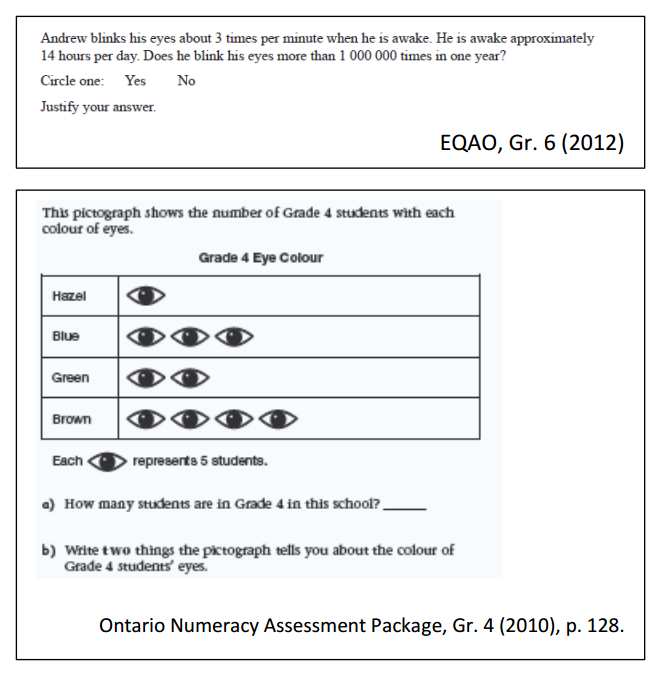
Students who do not activate a thinking process may begin to multiply numbers together in the ‘blinking’ question and may ignore the legend showing the proportion of the eye image in the ‘eye colour’ problem.
The Programme for International Student Assessment (PISA), an assessment of 15 year-olds around the world, finds similar results: students who rely on memorization fair much more poorly than those who rely mainly on making connections and seeking to understand the situation.

How do we get our children to do what the best do?
First: Understand the Problem
Prompts: What is the problem asking or telling us to do? What do we know from the problem that might help us? How could I draw or build what is going on here? What math does this remind me of?
Second: Make a Plan
Prompts: Think back to strategies I’ve used before: what could I try to use to solve this?
Third: Carry Out the Plan
Prompts: Try it! If it doesn’t work as you had hoped, switch to a different plan.
Fourth: Look Back
Prompts: Does my solution make sense? Does it fit what the question asked or told me to do? How can I check my thinking to be sure?
Try this with your child:
Understand but don’t solve: Take a problem and invite him to tell you the ‘gist’ of the problem. “Without using any numbers, tell me what is going on in the problem and ‘the general idea’ of what we must do.”
Represent but don’t solve: Take a problem and invite her to draw or build a model that helps her to understand the math and find a way ‘in’ to solving it.
Critical thinking and creativity are the keys to being a good problem solver. We can encourage our children to take their time to do just that.
Editor’s Note:
The following information was sent out by Scott Armstrong (Learning Supervisor of Math) and Chris Silcox (Learning Coordinator) to be inserted into school newsletters. Click here to download this blog as a document!
 Mathematics Goal
Mathematics Goal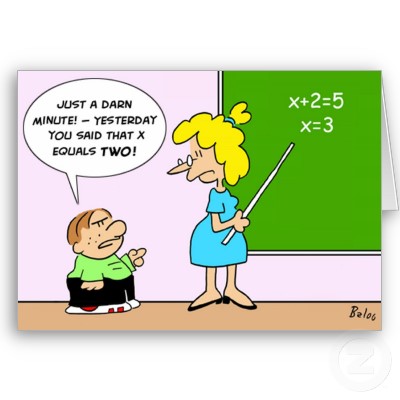

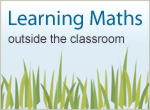 Educators are working hard to help each student in Thames Valley to grow and learn in math. However, we cannot do it alone and not nearly as well as when students are supported by resources and a caring circle of adults beyond the school. Math beyond the classroom matters …a lot!
Educators are working hard to help each student in Thames Valley to grow and learn in math. However, we cannot do it alone and not nearly as well as when students are supported by resources and a caring circle of adults beyond the school. Math beyond the classroom matters …a lot!

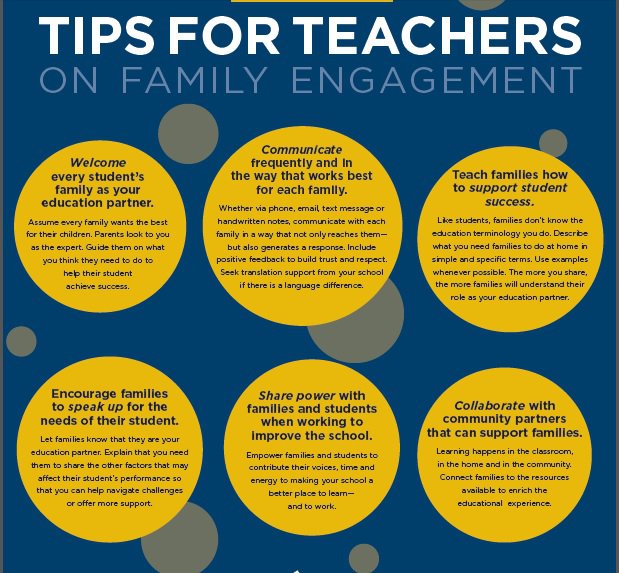
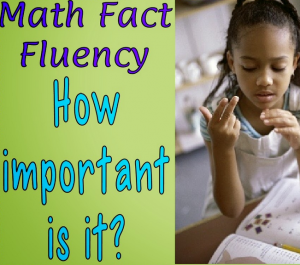 Recently I read a thought provoking article by Jo Boaler on math fluency. Jo shares that people with true number sense are able to use numbers in different ways and situations – number flexibility. For example, when asked to solve 7 x 8 they might know that 7×7 is 49 and then add 7 to make 56 or, if asked to solve the problem 19 + 7, they could change the problem into 20 +6. Jo shares that having number sense includes learning math facts ALONG with a deep understanding of how numbers relate to one another. By emphasizing memorization as a key strategy, students are far less likely to think about numbers and numerical relationships (Boaler, 2009). True mathematics requires students to be flexible with numbers when solving problems. To reinforce this, Ms Boler indicates that some of the highest achievers in mathematics are those who can see the big ideas in math and make connections between ideas. Rather than memorizing numbers, students make sense of numbers.
Recently I read a thought provoking article by Jo Boaler on math fluency. Jo shares that people with true number sense are able to use numbers in different ways and situations – number flexibility. For example, when asked to solve 7 x 8 they might know that 7×7 is 49 and then add 7 to make 56 or, if asked to solve the problem 19 + 7, they could change the problem into 20 +6. Jo shares that having number sense includes learning math facts ALONG with a deep understanding of how numbers relate to one another. By emphasizing memorization as a key strategy, students are far less likely to think about numbers and numerical relationships (Boaler, 2009). True mathematics requires students to be flexible with numbers when solving problems. To reinforce this, Ms Boler indicates that some of the highest achievers in mathematics are those who can see the big ideas in math and make connections between ideas. Rather than memorizing numbers, students make sense of numbers.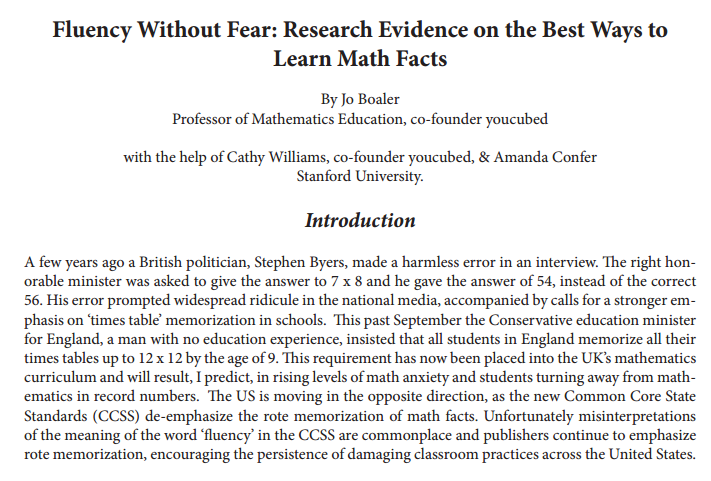
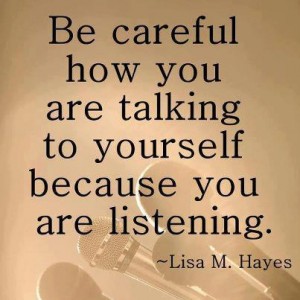 “I’ve just never been good at math.” “Math is not my thing.” You’ve likely heard statements like this many times (I might be guilty myself). Interestingly, a colleague of mine recently pointed out that when it comes to reading, people are far less likely to be proclaiming similar statements. Why is this? It is because we live in a culture that accepts a phobia toward mathematics as status quo. I say this not to criticize people who are uncomfortable with mathematics, but rather to reflect on the message we send to students about learning mathematics and, in turn, to consider that by simply changing our math mindsets, we can influence students in believing that they too can be successful in mathematics.
“I’ve just never been good at math.” “Math is not my thing.” You’ve likely heard statements like this many times (I might be guilty myself). Interestingly, a colleague of mine recently pointed out that when it comes to reading, people are far less likely to be proclaiming similar statements. Why is this? It is because we live in a culture that accepts a phobia toward mathematics as status quo. I say this not to criticize people who are uncomfortable with mathematics, but rather to reflect on the message we send to students about learning mathematics and, in turn, to consider that by simply changing our math mindsets, we can influence students in believing that they too can be successful in mathematics.


